 The Missouri River takes a sharp upstream turn at Kansas City, near the Mouth of the Kaw, which now marks the border between Missouri and Kansas. This border was established in 1836, following the Platte Purchase, a land acquisition that added 3,149 square miles to Missouri from the Potawatomi, Sac and Fox, and Ioway tribes, under the supervision of William Clark, Superintendent of Indian Affairs. As you travel, you’ll weave back and forth between Kansas and Missouri, exploring the rich history of both states.
The Missouri River takes a sharp upstream turn at Kansas City, near the Mouth of the Kaw, which now marks the border between Missouri and Kansas. This border was established in 1836, following the Platte Purchase, a land acquisition that added 3,149 square miles to Missouri from the Potawatomi, Sac and Fox, and Ioway tribes, under the supervision of William Clark, Superintendent of Indian Affairs. As you travel, you’ll weave back and forth between Kansas and Missouri, exploring the rich history of both states.
Begin your journey at Kaw Point, where you can cross the river via the Fairfax Bridge and follow the scenic route along MO 9 and 45 through the river bottoms to Leavenworth. A visit to Fort Leavenworth, the oldest continuously active fort west of the Appalachian Mountains, requires some planning but is well worth the effort.
Next, cross back into Missouri and visit Weston, a charming small town founded in 1837. Nearby, Weston State Park offers a glimpse into history, as Lewis and Clark stopped there on July 2, 1804. The area’s tobacco barns and the Holladay Distillery reflect the agricultural and commercial influences that migrated westward from Virginia and Kentucky.
Stop by Lewis and Clark State Park (one of many such named along the Trail), and then continue your journey by crossing the river again to reach Atchison, where the historic depot of the Atchison, Topeka, and Santa Fe Railway now serves as a museum. It was near here that the Corps of Discovery celebrated their first of three 4th of July holidays at the newly named “Independence Creek,” close to present-day Atchison, Kansas. Explore Independence Creek and the Atchison Riverfront Plaza.
Your next destination is St. Joseph, a city steeped in history and museums, known as the starting point of the Pony Express and the place where Jesse James met his end. Be sure to visit Robidoux Row, where famous fur trader Joseph Robidoux, who encountered the expedition on its return trip on September 16, 1806, passed away in 1868.
Conclude your journey at the Loess Bluff Wildlife Refuge, where you can enjoy bird watching, stunning views, and nature trails.
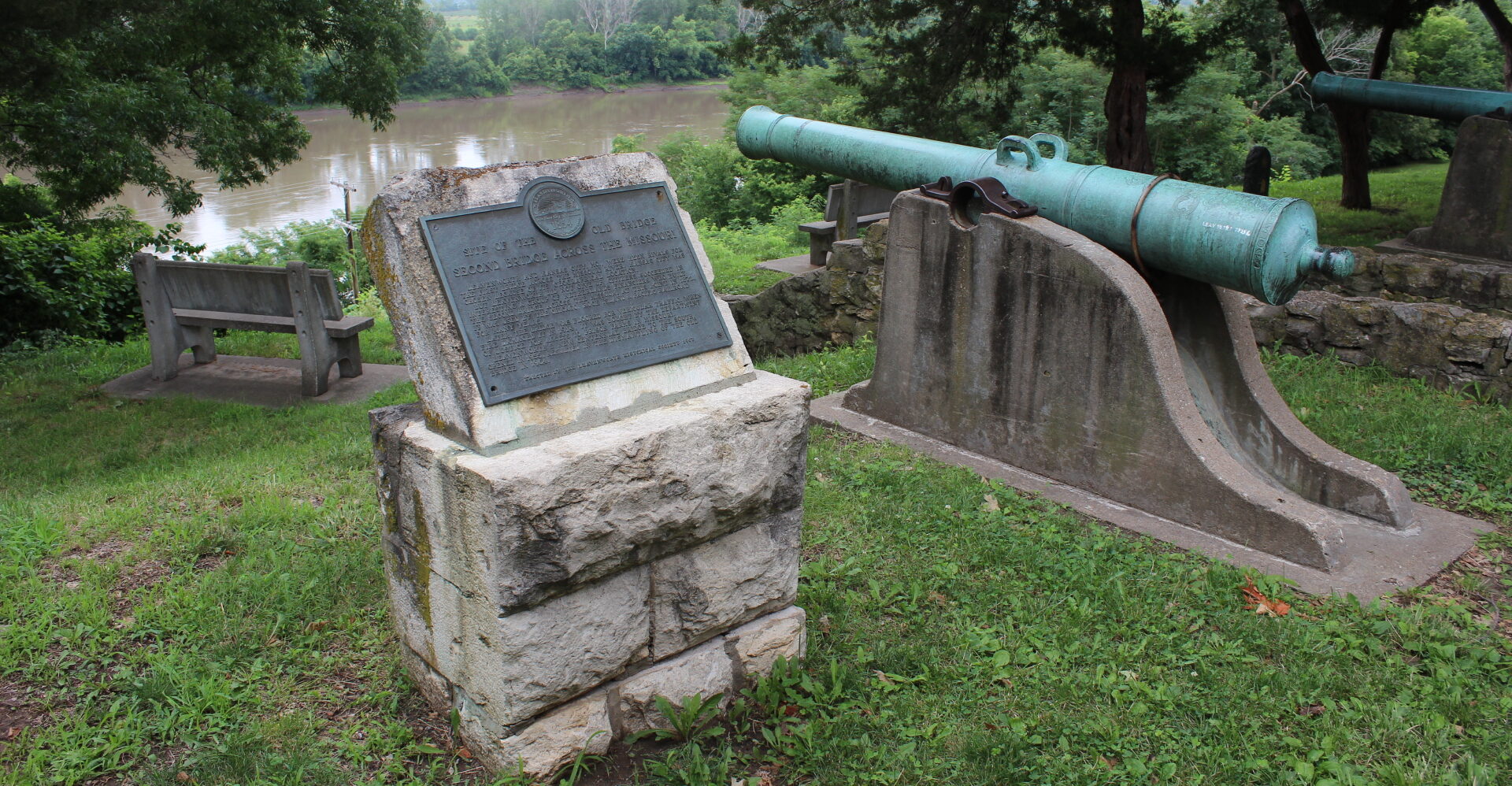
After leaving the area of the confluence of the Kansas and Missouri rivers, the Corps moved northwest. It was on July 2, 1804 when the men first encountered the vacated Kansa or Kaw village near today’s Leavenworth, Kansas. It’s believed the Kansa people lived here in the 1740s and 1750s, but had moved farther west into the lower areas of the Kansas River.
Leavenworth is known as the “First City of Kansas,” featuring a 28-block historic downtown district, with a rich past, unique restaurants and interesting attractions, including the U.S. Army installation, Fort Leavenworth, originally built in 1827, and the notable Leavenworth Penitentiary, which opened in 1903.
Over 170 years of service have been contributed to the nation from the fort. Some of its sights include a national cemetery, one of the first 14 national cemeteries established by President Abraham Lincoln; the U.S. Army Command and General Staff College; Memorial Chapel, one of the oldest chapels in the Army; and many historic 19th century buildings. Among these is the Rookery, the oldest house in Kansas, built-in 1834.
Fort Leavenworth is home to the U.S. Army Combined Arms Center and the United States Disciplinary Barracks. The U.S Army Combined Arms Center provides functional training, leadership education, general training, doctrine, and training support.
How to get on the post: Vehicles can access Ft., Leavenworth, through Grant Gate. There must be at least one adult occupant that has their Department of Defense (DoD) issued ID card to present to the access control guards. Additionally, you may enter if you present your Locally Approved Credential (LAC) or a Temporary Pass issued by the Visitor Control Center: If you do not have an ID card listed on the Department of Defense (DoD) issued ID cards website, you must stop by the VCC at the corner of Metropolitan Avenue and 4th Street. Don't be intimidated by our access procedures. Fort Leavenworth encourages visitors to our historic post and you are welcome here.
Fort Leavenworth, McClellan Avenue, Leavenworth, KS, USA
Frontier Army Museum, Reynolds Avenue, Leavenworth, KS, USA
Buffalo Soldier Monument, Stimson Avenue, Fort Leavenworth, KS, USA
4101 South 4th Street, Leavenworth, KS, USA
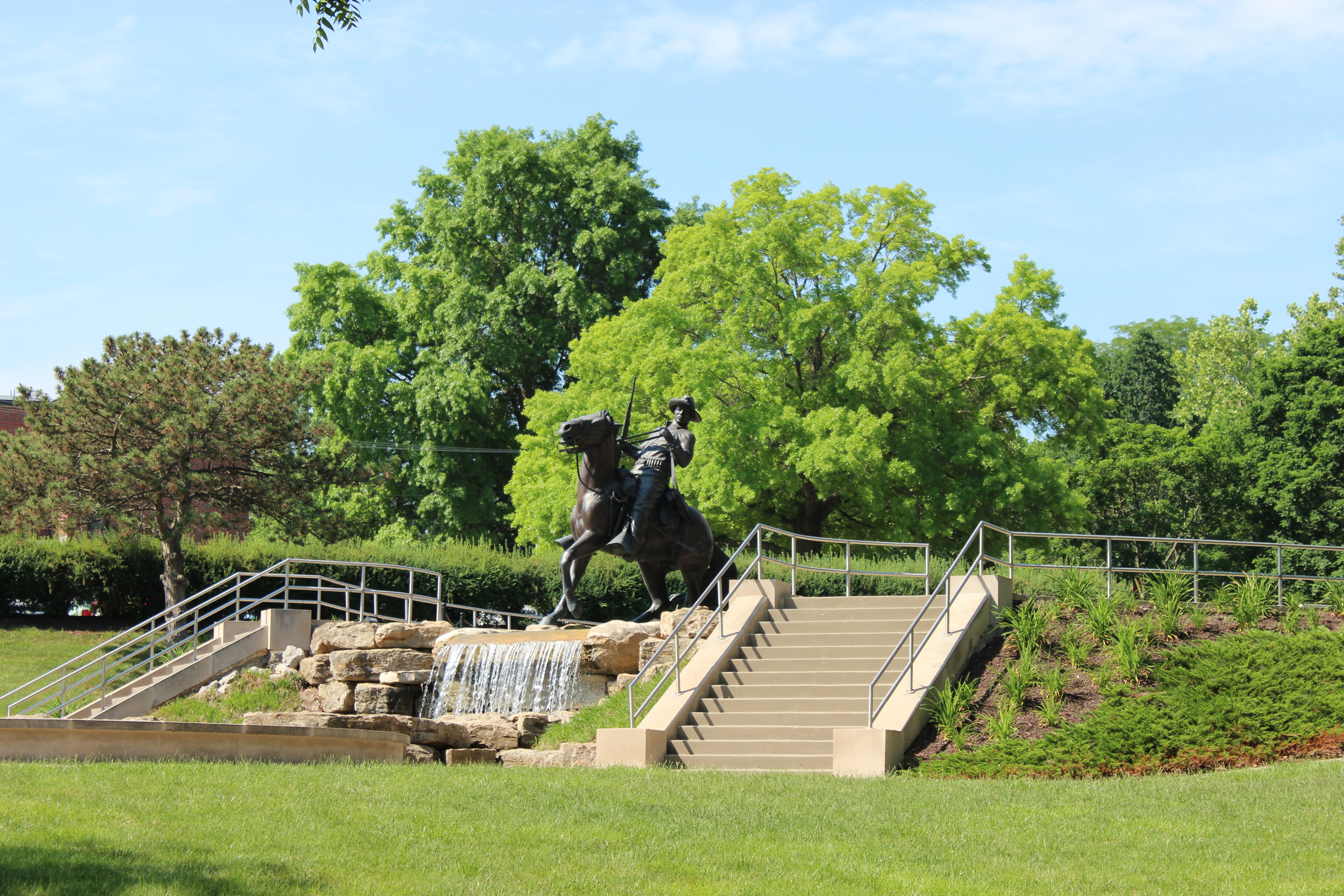
Buffalo Soldier Monument, Stimson Avenue, Fort Leavenworth, KS, USA
View Listing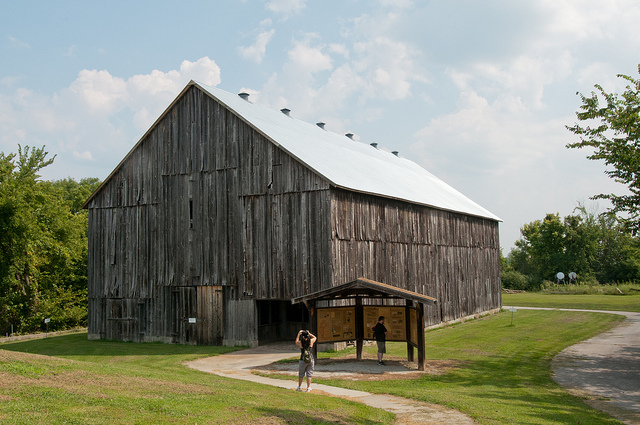
Lewis & Clark camped close to Weston on July 2,1804. A Lewis & Clark exhibit is located in the old Weston railroad depot, currently used as City Hall. The exhibit chronicles the journey of the Lewis & Clark expedition, focusing on its stop in this area on its way up the Missouri River. The Lewis and Clark Expedition camped in this area July 2, 1804 opposite the head of Bear Medicine Island (later Kickapoo Island) and replaced a broken mast with a cut cottonwood. They noted across the river remains of the old French fort Cavagnolle in the rear of the first Kansas Indian village.
Established in 1836 Weston served as a major point of departure for the Santa Fe and Oregon trails and those hoping to strike in rich during the California Gold Rush. Much of the pre Civil War architecture still survives on Weston’s Main Street now filled with shops to supply the modern day explorer. The Hotel St. George was opened in 1845 and has served the captains ranging from steamboats and automobiles since and now sits on the National Historic Registry. Today Weston is home to handmade cigars, a winery, antiques shops, boutiques and one of the country’s largest spirit distilleries. A day in Weston provides a look into the past while enjoying the amenities that are special in any century.
Weston, MO, USA
Pirtle Winery, Spring Street, Weston, MO, USA
Holladay Distillery, Mc Cormick Lane, Weston, MO, USA
Weston Bend State Park, Missouri 45, Weston, MO, USA
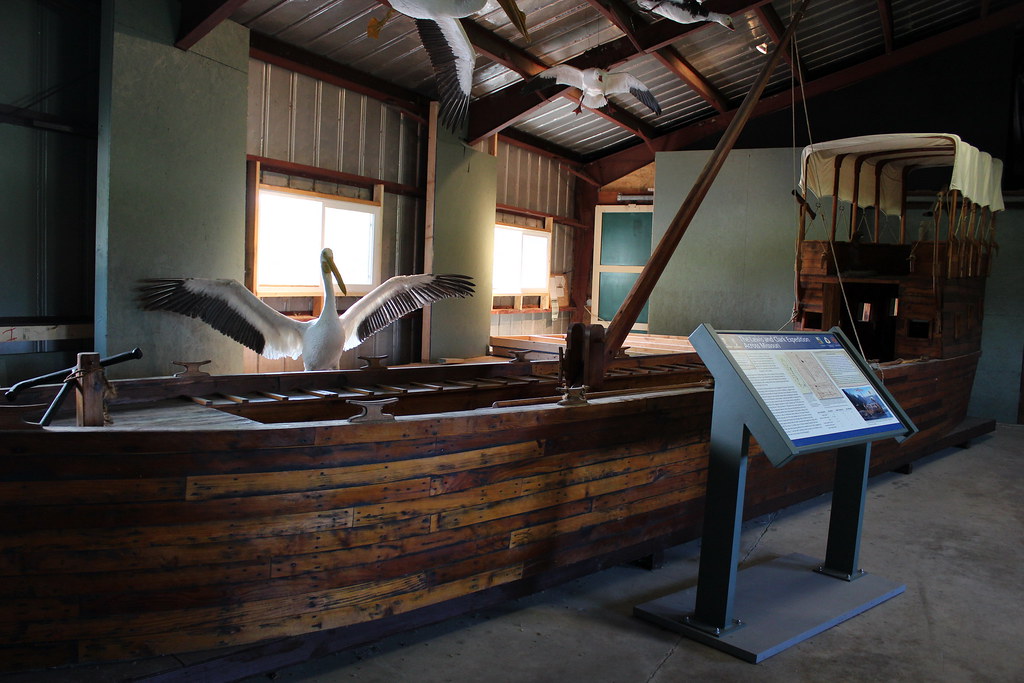
Meriwether Lewis and William Clark, along with their expedition crew of more than 40 people, set out May 14, 1804, on their epic 28-month journey from the confluence of the Missouri and Mississippi rivers to discover what lie west. Imagine their excitement and sense of adventure as they pushed off into the great unknown.
As the explorers followed the Missouri River to the northern Rocky Mountains, across the Continental Divide, down to the Pacific Ocean and back again, they kept detailed journals of their findings, including landscapes, plants, animals and native people. On their return, these journals provided settlers with knowledge of what awaited them and a thirst to explore the land themselves.
In their journals, Lewis and Clark told of a wilderness containing thick forests; prairie openings; and abundant wildlife such as deer, beaver and bison. Today, this area is known as Missouri.
The Missouri River, the explorer's highway, was a topic of their journals. At the time, the river meandered freely across the landscape. In places, its course formed an almost complete loop and then cut across the neck of the loop to shorten itself. As the ends of the loop silted with sediment, an oxbow lake was formed. The journal entry for July 4, 1804, described such a lake. Lewis and Clark "Saw great numbers of Goslings to day which Were nearly grown, the before mentioned Lake is Clear and contain great quantities of fish and Gees & Goslings, The great quantity of those fowl in this Lake induced me to Call it Gosling Lake…" The oxbow lake that Clark described in that journal entry is located in Buchanan County and is known today as Lewis and Clark Lake.
In 1934, the state acquired land on the southeast side of Lewis and Clark Lake, known at that time as Sugar Lake, and dedicated it as a state park to these two explorers. Lewis and Clark State Park was developed in the 1930s by a federal workforce called the Civilian Conservation Corps. A stone picnic shelter still in use in the park is an example of their handiwork.
As part of the commemoration of Lewis and Clark's historic journey that began in 1803, a Lewis and Clark Bicentennial Plaza was incorporated into the landscape of the park in 2006. The plaza includes a screened and bermed walk that leads visitors to an interpretive area featuring a compass rosette, stone benches with the names of all expedition members, a scenic overlook and interpretive materials arranged along the walk. The bermed walk is lined with native grasses, wildflowers and trees. The area is open during normal park hours.
Today, the area still attracts people eager to explore the outdoors. The park features 1.3 miles of trail and offers opportunities to view wildlife such as deer, rabbits and songbirds, as well as wildflowers such as coneflowers and daisies. Nestled in the shade are numerous picnic tables with grills, making the park an excellent place to enjoy a picnic lunch. The CCC open picnic shelter, with electricity and a playground nearby, can be reserved for larger gatherings by calling the park office or online.
For visitors wanting to extend their visit, a campground, shaded by large cottonwood and sycamore trees, features both basic and electric campsites. Every campsite has a table and barbecue grill, and some of the electric campsites feature a small shelter. The level and roomy electric campsites make it easy to maneuver a large recreational vehicle. Campground amenities include modern restrooms, hot showers, a dumping station and playground equipment.
Imagine how peaceful Lewis and Clark's journey must have been with only the sounds of nature filling the air. Today, Missouri's state parks protect the landscapes that Lewis and Clark encountered on their epic journey and await new explorers eager to discover the sights and sounds of nature.
Lewis and Clark State Park, Lakecrest Boulevard, Rushville, MO, USA
120 East Chestnut Street, Troy, KS, USA

Welcome to Atchison, Kansas, a charming riverside city brimming with history, culture, and adventure! Whether you’re a history buff eager to explore the Amelia Earhart Birthplace Museum, a thrill-seeker ready to embark on a haunted trolley tour, or a nature lover looking to hike the beautiful trails along the Missouri River, Atchison has something for everyone. Indulge in the local flavors at our unique eateries, enjoy shopping at quaint boutiques, and immerse yourself in the vibrant arts scene. From captivating historical tours to outdoor adventures and family-friendly festivals, Atchison offers an unforgettable experience for visitors of all ages. Come discover the hidden gems and warm hospitality that make our city a must-visit destination.
On July 4, 1804, Lewis and Clark, exploring the new Louisiana Purchase, camped near this site. Fifty years later the town was founded by Pro-slavery men and named for Sen. D. R. Atchison. The Squatter Sovereign, Atchison’s first newspaper, was an early advocate of violence against abolition. It was here that Pardee Butler, a Free- State preacher, was set adrift on a river raft and on his return was tarred and feathered. It was also here that Abraham Lincoln in 1859 “auditioned” his famous Cooper Union address ~ unmentioned by local newspapers. During the heyday of river steamboating in the 1850’s Atchison became an outfitting depot for emigrant and freighting trains to Utah and the Pacific Coast, a supply base for the Pike’s Peak gold rush, and in the early 1850’s a starting point for the Pony Express and the Overland Stage lines. In this pioneer center of transportation the Santa Fe railway was organized in 1860, modestly named the Atchison & Topeka.
The Lewis & Clark Pavilion in Riverfront Park was constructed in preparation for the Lewis and Clark bicentennial commemoration on July 3-4, 2004. The pavilion, built by the Kansas Lewis & Clark Bicentennial Commission, has interpretive panels with information on the Lewis & Clark expedition, the Missouri River and the Kanza Nation.
Atchison, KS, USA
Atchison, KS, USA
Atchison County Historical Society, South 10th Street, Atchison, KS, USA
Amelia Earhart Birthplace Museum, North Terrace Street, Atchison, KS, USA
Atchison Riverwalk, Commercial Street, Atchison, KS, USA
Amelia Earhart Hangar Museum, 286th Road, Atchison, KS, USA
Independence Creek: Louis and Clark historical site, 314th Rd, Atchison, KS, USA
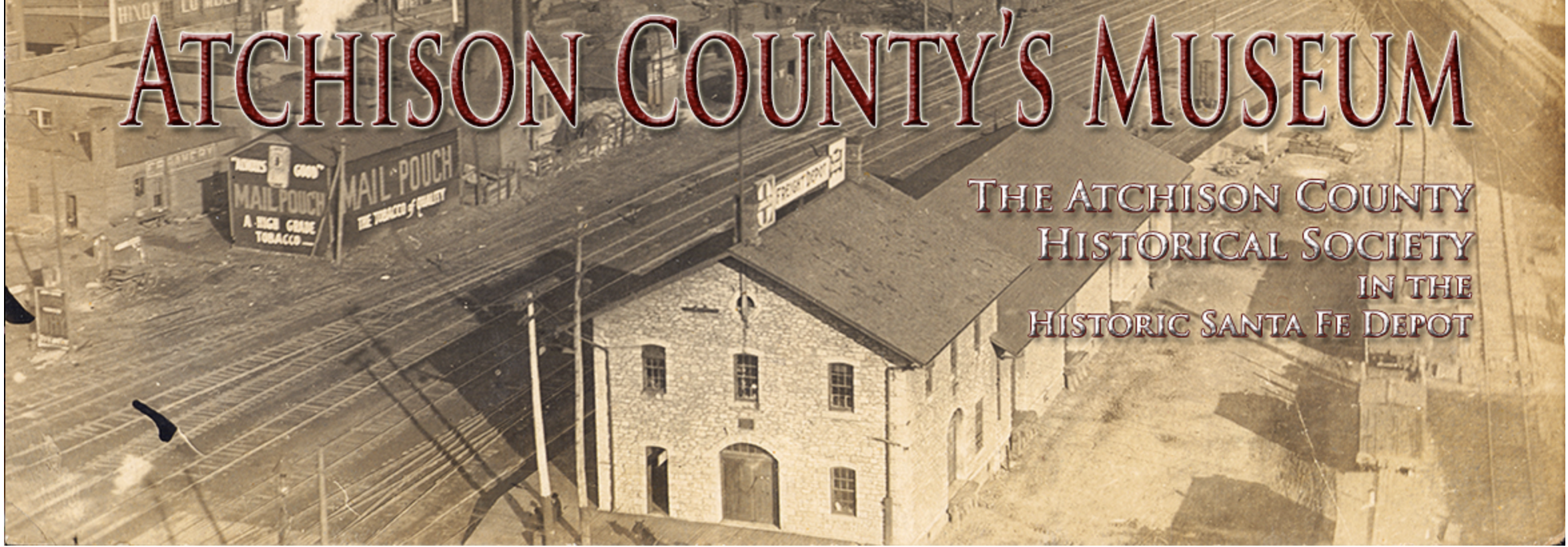
Atchison County Historical Society, South 10th Street, Atchison, KS, USA
View Listing
Amelia Earhart Birthplace Museum, North Terrace Street, Atchison, KS, USA
View Listing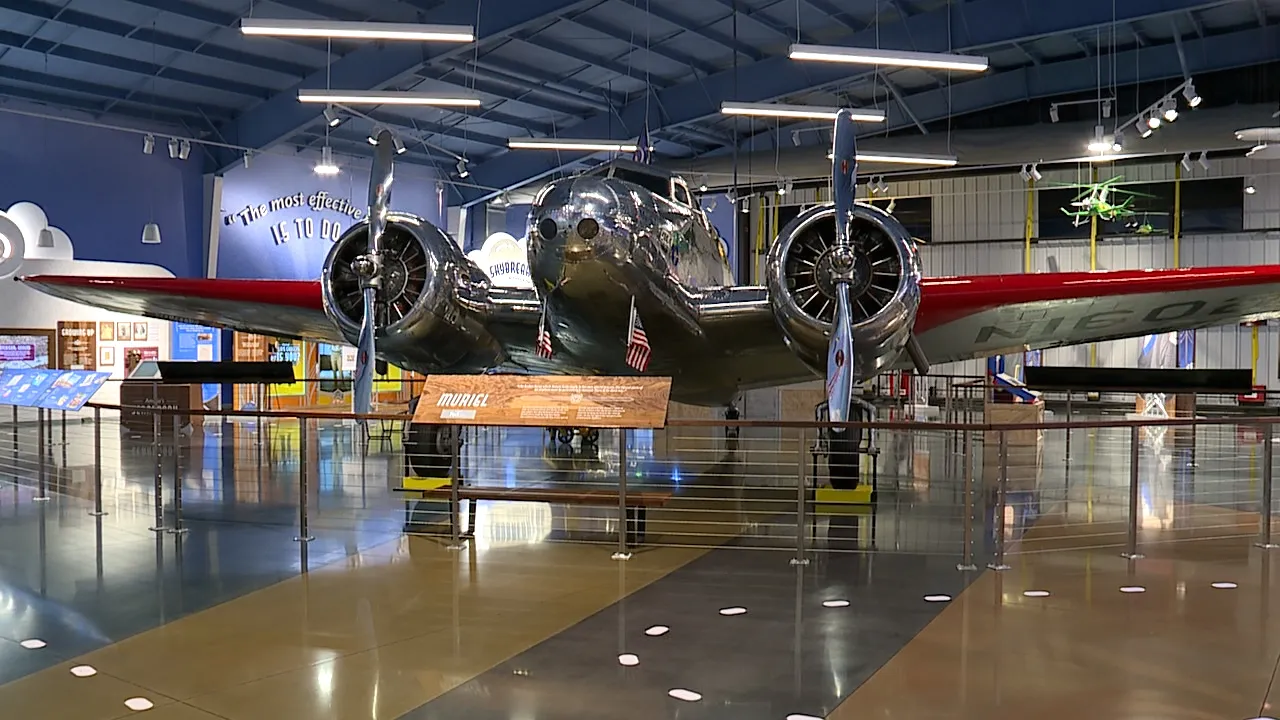
Amelia Earhart Hangar Museum, 286th Road, Atchison, KS, USA
View Listing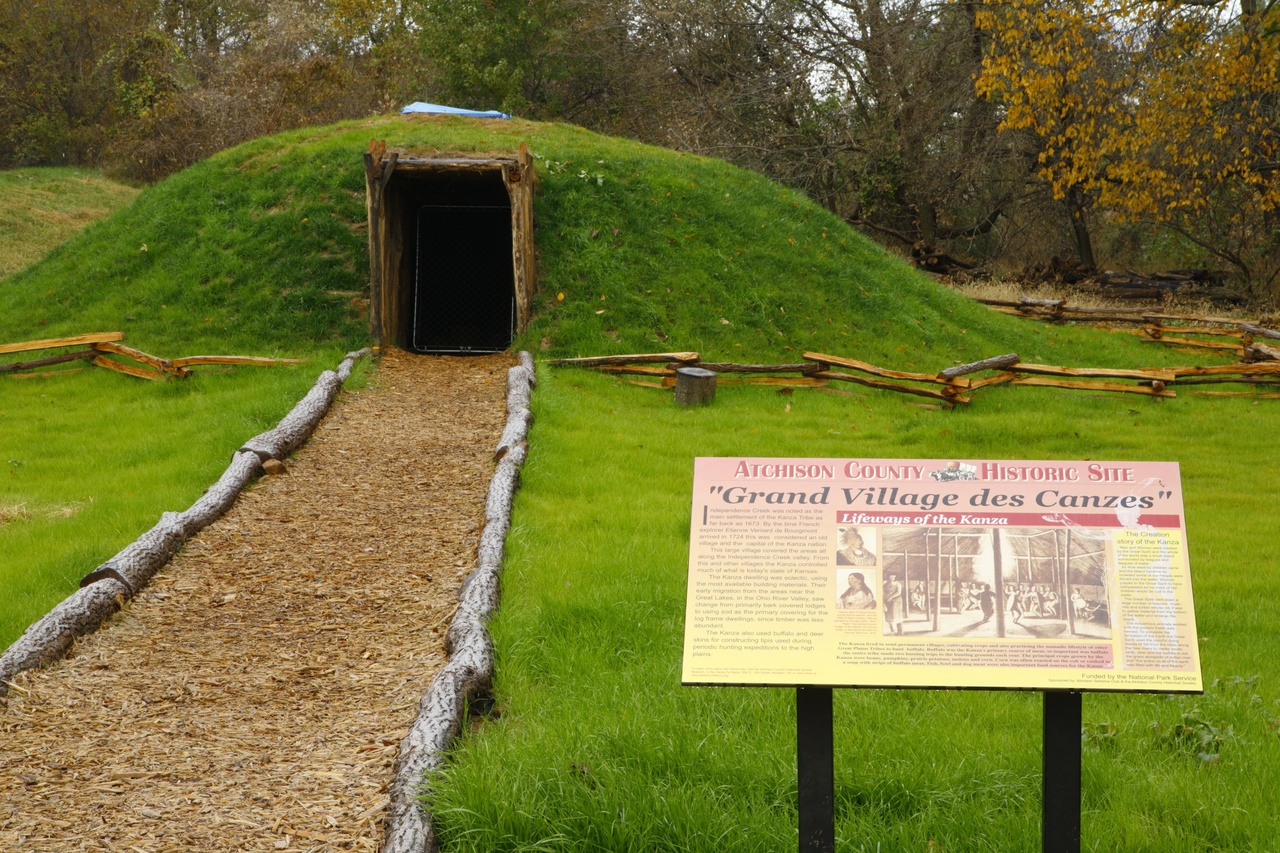
Independence Creek: Louis and Clark historical site, 314th Rd, Atchison, KS, USA
View Listing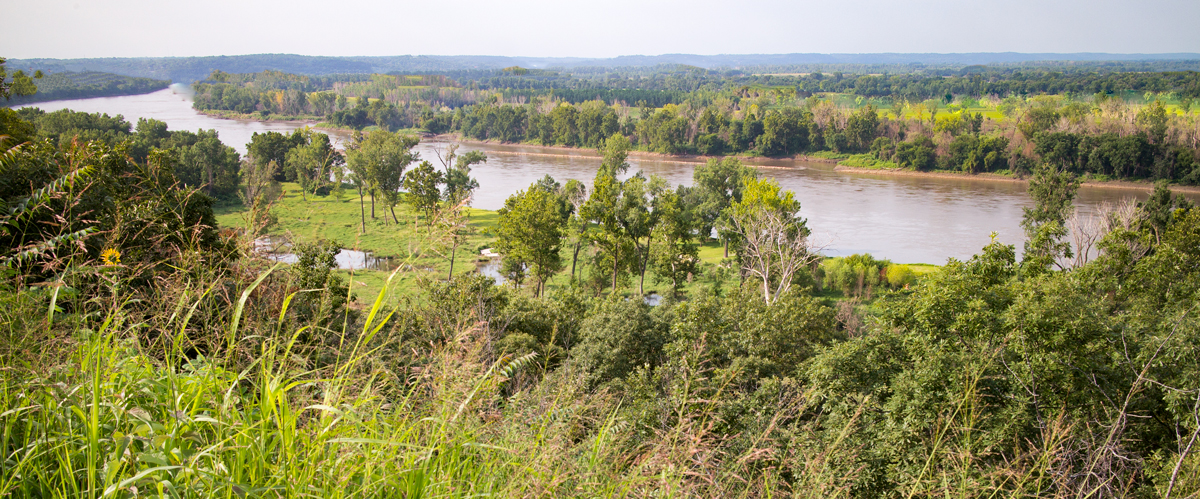
With 13 museums and many more sites listed on the National Register of Historic Places, St. Joseph is a “historical experience” unlike any other. As the original place “where the west officially started getting wild”, St. Jo paved the way for the development of the western half of the country. Learn about our role in westward expansion through the many interactive exhibits on display.
Saint Joseph, Missouri is one of America’s best-kept secrets for historic architecture. Founded in 1843, St. Joseph quickly grew to become one of the most important sites of commerce and trade for the western continent. Early on it was at the forefront of advances in transportation and communication. Vast wealth generated by St. Joseph’s manufacturing and wholesale trade is reflected in our city’s extraordinary architecture. Architects working here in the 19th century studied at the finest schools in Europe and America, such Paris’ Ecole des Beaux-Arts. Their works in St. Joseph reflect the heights of fashion and design of the 19th and early 20th centuries. St. Joseph’s early progressive attitude toward public improvements also shaped our community. We were among the earliest American cities to have electric telephone service, and electric streetcar system, and a municipal airport.
St Joseph, MO, USA
Robidoux Row Museum and St Joseph Historical Society, East Poulin Street, Saint Joseph, MO, USA
Pony Express National Museum, Penn Street, Saint Joseph, MO, USA
Patee House Museum And Jesse James Homes, Penn Street, Saint Joseph, MO, USA
Albrecht-Kemper Museum of Art, Frederick Avenue, Saint Joseph, MO, USA
Remington Nature Center Of St. Joseph, McArthur Drive, Saint Joseph, MO, USA
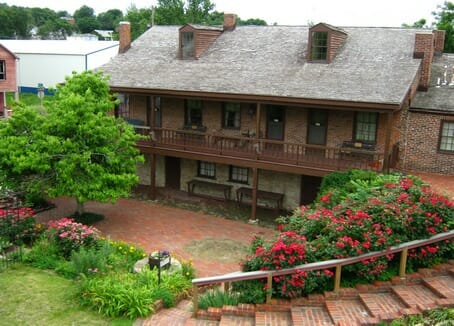
Robidoux Row Museum and St Joseph Historical Society, East Poulin Street, Saint Joseph, MO, USA
View Listing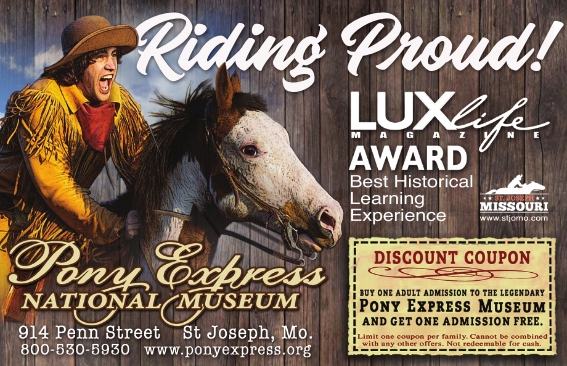
Pony Express National Museum, Penn Street, Saint Joseph, MO, USA
View Listing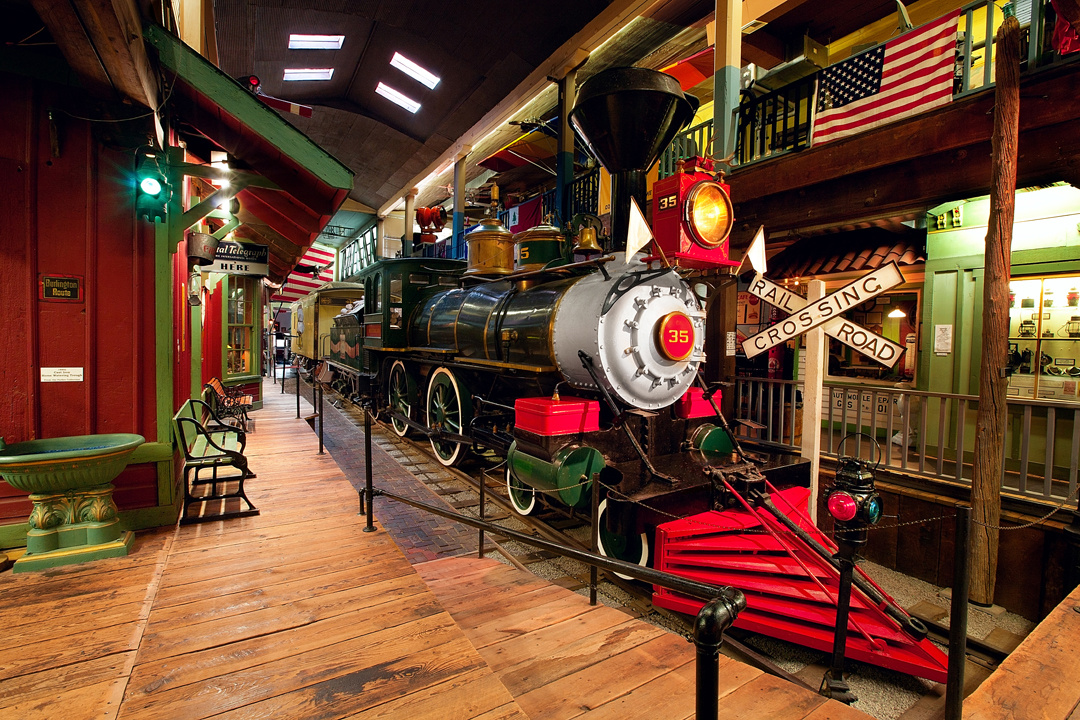
Patee House Museum And Jesse James Homes, Penn Street, Saint Joseph, MO, USA
View Listing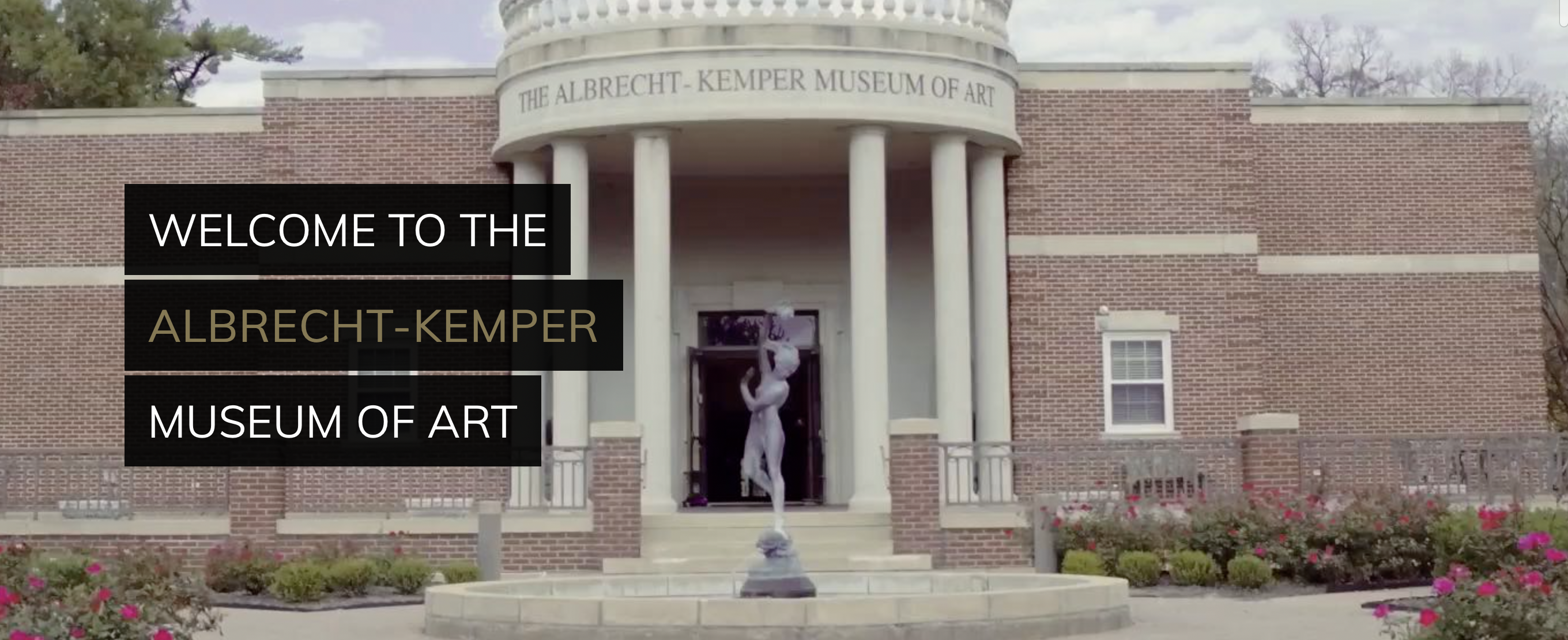
Albrecht-Kemper Museum of Art, Frederick Avenue, Saint Joseph, MO, USA
View Listing
Remington Nature Center Of St. Joseph, McArthur Drive, Saint Joseph, MO, USA
View Listing
Loess Bluffs National Wildlife Refuge is located in northwest Missouri, near Mound City. Originally known as Squaw Creek National Wildlife Refuge, the name was changed to Loess Bluffs National Wildlife Refuge on January 11, 2017 in order to remove the derogatory word squaw from the name.
The refuge was established on August 23, 1935 by President Franklin D. Roosevelt as a refuge feeding and breeding ground for migratory birds and other wildlife. The refuge contains 7,440 acres along the eastern edge of the Missouri River floodplain, including wetlands, grasslands and forests. Overlooking the refuge from the east is the loess bluffs habitat, a geological formation of fine silt deposited after the past glacial period. These unique hills stretch from about 30 miles south of St. Joseph, Missouri, to extreme northern Iowa. Some of the last parcels of native plants, remnants of a once vast native prairie, can be found here. Loess, pronounced “luss,” soils support Missouri’s native prairie plants such as Indian grass, big bluestem, blazing star, yucca, beard-tongue and skeleton plant.
On an average year, the refuge supports up to 200,000 ducks during fall and winter seasons and upwards of a million snow geese. The refuge was officially named one of America’s top 500 Globally Important Bird Areas by the National Audubon Society in 2001.
The mission of the National Wildlife Refuge System is to administer a national network of lands and waters for the conservation, management and, where appropriate, restoration of the fish, wildlife and plant resources and their habitats within the United States for the benefit of present and future generations of Americans.
Every national wildlife refuge was created for a special purpose. Some were created to protect migratory birds, others to protect threatened or endangered species or unique habitats, while others fulfill another special purpose. All activities allowed on refuges must be evaluated to make sure each activity will not conflict with the reason the refuge was founded.
The purpose of Loess Bluffs National Wildlife Refuge is to serve as a refuge and breeding ground for migratory birds and other wildlife. The refuge also manages to preserve, restore and manage wetland and upland habitats that represent the Lower Missouri River ecosystem for the benefit of a diverse complex of fauna and flora, with emphasis on threatened and endangered species; and, to provide opportunities for the public to enjoy wildlife-dependent recreation, including environmental education and public outreach.
Loess Bluffs National Wildlife Refuge, U.S. 159, Forest City, MO, USA
White Cloud, KS, USA
Ioway Bee Farm, Thrasher Road, White Cloud, KS, USA
Indian Cave State Park, 720 Road, Shubert, NE, USA